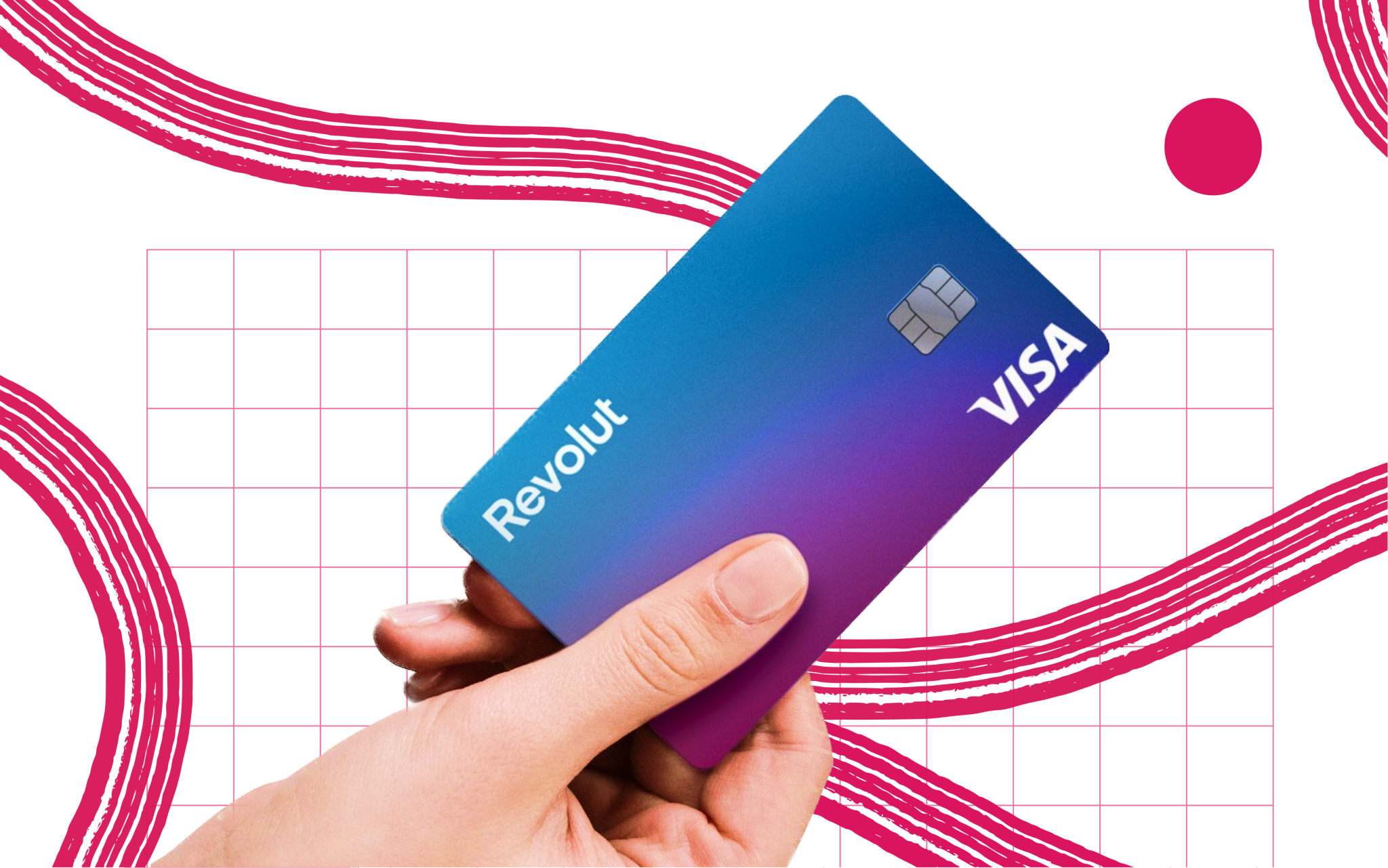Shiny coral debit cards and buzzy investing apps stole all the limelight as the European fintech scene came of age from around 2015.
But this year, it’s been the fintechs that provide their piping that have been all the rage.
Fintechs selling to businesses (B2B) in Europe have attracted $14.1bn investment so far in 2022 across 819 funding rounds — more than four times the $3.2bn raised across 230 B2C (business to consumer) rounds, according to Dealroom. It's been buoyant despite European fintech funding as a whole falling 25% from last year — with the number of consumer fintech rounds at its lowest since 2015.
As macroeconomic headwinds weigh on consumer-facing business models, some VCs think B2B fintech is more shielded from market volatility. Others say the shift to B2B is an inevitable part of the European fintech scene’s maturation.
New B2B subsectors have dominated funding announcements. CFO tools, capital markets fintechs, B2B buy now, pay later (BNPL) and payment rails are what investors apparently find sexy now.
But a lot of B2B’s lustre has to do with B2C’s challenges. So what are those?
B2C is more exposed to macroeconomic weakness
Compared to B2B, B2C business models are much more vulnerable to rising inflation, interest rates and macroeconomic wobbles.
In the short term, Europe’s neobanks and lenders benefit from higher rates. But investors expect the overall decline in spending to damage consumer-facing business models eventually as loan demand falls and defaults increase.
Take BNPL providers. They thrive in a low-interest rate environment, but their margins begin to narrow when central banks hike rates. This, coupled with plummeting consumer spending, has led multiple investors to tell Sifted they wouldn’t touch the sector with a barge pole right now.
Retail investing — and the fintech apps that enabled it — exploded during the pandemic, as people found themselves with more time and cash on their hands. But now they’re much less likely to part with cash — even while savings rates are higher.
“For many savers who became investors for the first time over the past few years, it’s really hard emotionally to see your portfolio fall 20%+ and keep making regular investments,” says Tara Reeves, managing director at Eurazeo.
“While B2B fintech businesses are also exposed to recessionary pressures, they are less exposed than these B2C businesses.”
There are a lot of B2C fintechs, so converting new customers is hard
On top of these macroeconomic factors, the simple fact that there are more B2C and more B2C fintech offerings out there every year makes scoring customers even harder. Fledgling fintechs need to gain the critical mass needed for their business model to function in a world where Revolut is clutching onto customers with more superapp offerings each week.
“The customer acquisition model for B2C fintech is pretty much broken,” says Pär-Jörgen Pärson, partner at Northzone VC who argues that big tech companies are stealing the marginal value of consumers from startups.
“I think there was some hope in the emergence of new Web3-related fintechs because they could engage and monetise a new audience. But now with the extreme volatility in that space, they face an uphill battle too,” he says.
More and more B2C fintechs have also been building out a B2B software side to their business to diversify revenue streams, in the face of customer acquisition challenges.
Starling Bank’s CEO Anne Boden has decided that she’s only going to offer the consumer neobank in the UK, and will instead scale internationally through a banking software offering, Engine by Starling.
“It’s quite easy to build market share as a new business and founder if you have a certain amount of market momentum,” Boden said at the Web Summit conference in Lisbon. “But when you decide to go international, the chemistry might not work.”
Another one of Europe’s fintech giants, Klarna, is also looking for safe B2B harbours to shelter in. In March, it launched Klarna Kosma, a new B2B open banking software unit, and last October it partnered with its B2B counterpart Billie to provide merchants in its network with the ability to pay for goods later.
Investors believe there are more B2B customers out there
A final reason that investors have fled from B2C BNPL to B2B lately is because of the sheer size of the addressable market. Berlin-based B2B BNPL startup Mondu recently told Sifted it reckons the market will grow to $200bn in Europe and the US in the next couple of years, while London’s Hokodo has pegged its potential at a colossal $12tn.
More and more business transactions are taking place online, catalysed by Covid, which offers a huge upside for market growth that isn’t matched by the consumer market.
In Billie and Mondu’s home market of Germany, for example, €200bn worth of B2B ecommerce transactions were processed in 2021, compared with around €86.7bn of B2C ecommerce revenue, according to Statista.
“The market size opportunity also pairs with the fact that a lot of the B2B fintechs actually need fewer clients. Each one is much larger and brings them much more revenue,” says Khalil Hefaf, an investment manager at Target Global.
“While on the B2C side you have to waste loads of money on marketing, on the B2B side there’s often a network effect where each client you onboard has a network of partner companies you can tap into.”
New fintechs need new infrastructure
B2B fintech funding has outpaced B2C in Europe for years, but the gulf between the two segments’ growth has suddenly widened.
Some investors say this is a natural evolution as the European fintech ecosystem grows larger — and a hangover effect from the record amounts of funding poured into all sorts of new fintech business models in 2021.
Magda Posluszny, a fintech investor at Lakestar, splits fintechs into two clubs: an application layer (ie. these consumer apps) and an infrastructure layer (ie. the banking software that powers them).
“There’s always a lag while the infrastructure gets built, but when so many new fintech applications and business models emerged, what became really apparent was that interacting with banks is really difficult — they’re not designed for these higher volumes.”
Two of the most high-profile fintech seed rounds this year focused on these payments processing issues. Business billing software API Sequence raised a $19m seed round led by US VC giant Andreessen Horowitz (a16z) in September, and Berlin-based payments infrastructure startup Payrails also won a16z’s backing for its $6.4m seed round in March.
And no matter how much or how little people spend, they will always be transacting money — which Posluszny says means B2B payments infrastructure will never lose its shine.
“Payments will always be sexy — there’s still a massive problem to solve everywhere in Europe around B2B payments, so we’ll always looking for the next solution there.”
Amy O’Brien is Sifted’s fintech reporter. She writes Sifted’s fintech newsletter and tweets from @Amy_EOBrien.


